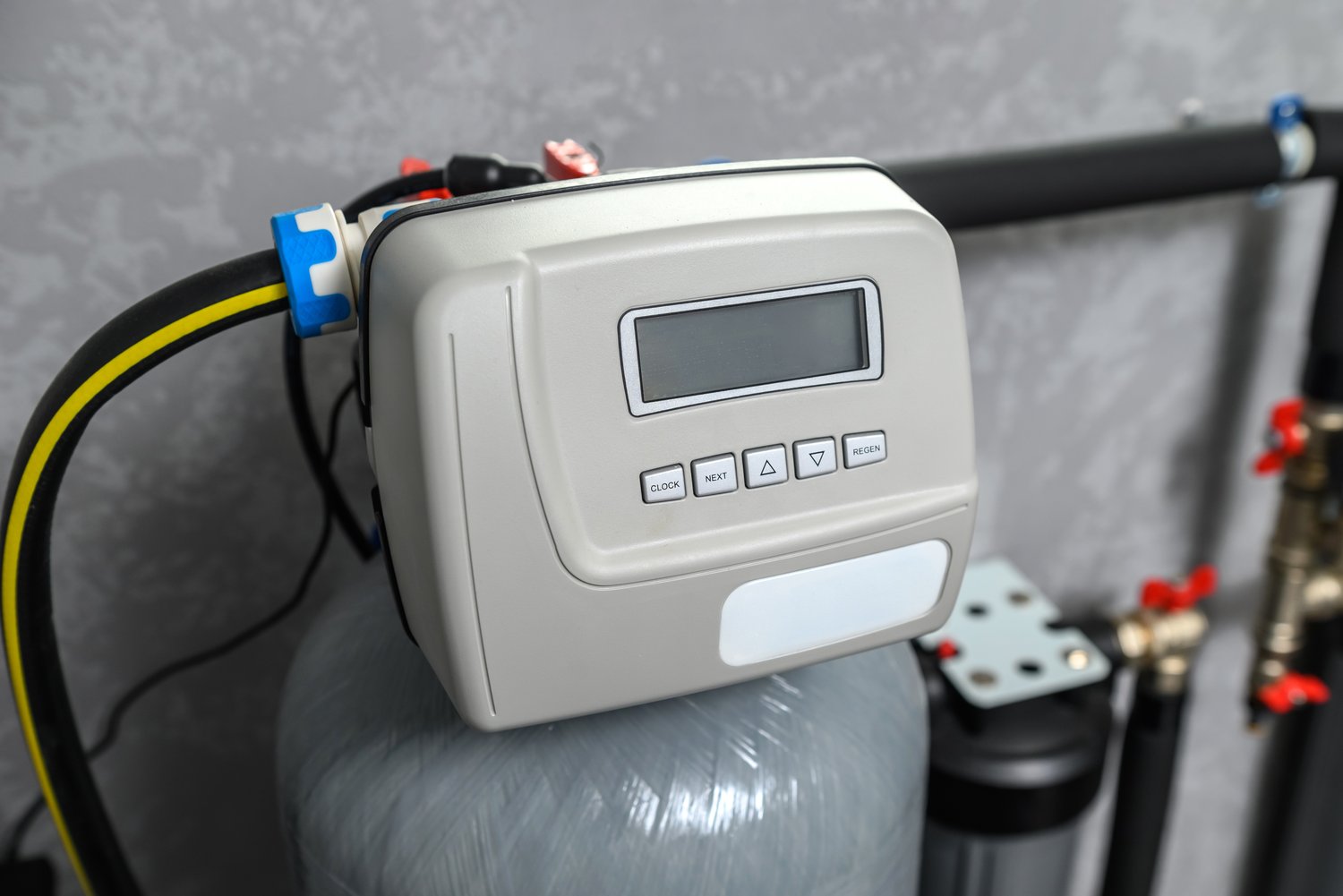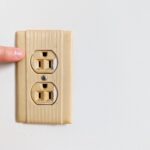Your water softener is a crucial ally in keeping your household free from the pesky effects of hard water, but what happens when it stops working efficiently? Dive into the complexities behind water softener malfunctions, focusing on two common culprits: salt bridges and resin bed issues. Understanding these problems is essential to restore and maintain the smooth operation of your water softener system.
- Identify the root causes of salt bridge formation and learn how to tackle these issues for optimal water softener performance.
- Spot the telltale signs of a salt bridge, allowing timely interventions before system efficiency drops.
- Explore the impact of resin bed complications on your system and discover practical solutions to enhance performance.
- Gain insights into effective maintenance strategies, ensuring your water softener’s reliability and longevity.
- Understand when to seek professional assistance and discover advanced solutions for complex malfunctions.
By gaining a deeper understanding of these common issues, you’ll be equipped to preserve your water softener’s efficiency, preventing costly repairs and ensuring a consistent supply of clean, soft water for your home. Let’s delve into these topics to keep your water softener functioning at its best.
Understanding Water Softener Malfunction: Causes and Solutions for Salt Bridge Issues
Water softeners are essential for managing hard water problems, but they can suffer from common malfunctions such as salt bridge formation. A salt bridge occurs when a hard crust develops in the brine tank, preventing the proper dissolution of salt. This can hinder the softening process and lead to inefficient system performance.
Several factors contribute to the development of salt bridges. These include high humidity, using low-quality salt, or even temperature fluctuations within the brine tank. It is crucial to identify the root cause to resolve these issues effectively and maintain optimal softener efficiency.
Addressing salt bridge problems involves carefully breaking up the hardened salt crust without damaging your system. Gently poke the salt bridge with a broom handle or a similar tool to dislodge it. Ensuring that you’re using high-purity salt can also prevent future occurrences.
Regularly checking the salt level and refilling the brine tank when it’s about one-third full can further help keep salt bridge problems at bay. This practice not only helps in avoiding the costly repair of water softeners but also guarantees continuous access to soft water.
Identifying a Salt Bridge in Your Water Softener System
Spotting a salt bridge early is crucial in maintaining a well-functioning water softener system. One of the primary indicators of a salt bridge problem is your water remaining hard despite the system seeming to function. If you notice such an occurrence, it’s time to inspect your brine tank.
Begin by checking the salt level. A salt bridge often results in less salt being consumed than usual. By gently tapping or knocking on the side of the brine tank, you might detect a hollow sound indicating a gap under the surface salt, which suggests a salt bridge.
Another sign of a salt bridge may be salt clumps or a hardened surface within the tank. Carefully probe the mass with a broom handle to distinguish between mere salt accumulation and a bridge. If the tool meets resistance but gives way eventually, it’s a salt bridge that needs addressing.
Identifying these signs timely allows you to resolve salt bridge issues promptly, thereby ensuring the consistent delivery of soft water and prolonging your water softener’s lifespan.
Navigating Water Softener Malfunction: Effective Solutions for Resin Bed Complications
Water softeners play a crucial role in eliminating hard minerals from your water supply, ensuring soft and high-quality water throughout your household. However, resin bed complications can severely impact your water softener’s efficiency. Let’s explore common resin bed problems and how to address them effectively.
The resin bed is a key component of your water softener, responsible for exchanging hard ions with sodium ions. Over time, various issues such as fouling, degradation, or iron buildup can occur, hindering this essential process. These problems not only reduce the system’s performance but can also lead to increased wear and tear.
Fouling, one of the most common issues, occurs when organic materials or iron interact with the resin beads, coating them and reducing their effectiveness. To solve this, regular cleaning with an appropriate resin bed cleaner is recommended. This process helps dissolve and rinse away unwanted deposits, restoring the resin beads to optimal condition.
Degradation, on the other hand, refers to the physical breakdown of resin beads over time. As the beads age, they become less effective in ion exchange, which can result in a gradual decline in water quality. The best solution for degraded resin is usually to replace it with new resin beads, ensuring the water softener continues to function effectively.
Lastly, iron buildup can be specifically challenging for water softeners. This occurs when high levels of iron in your water source bind to the resin, diminishing its ability to soften water. Utilizing a water softener iron remover periodically can mitigate this problem, helping maintain consistent performance and extending the lifespan of your equipment.
Maintaining Your Water Softener: Prevention and Ongoing Care
Preventive maintenance is key to avoiding water softener malfunctions and ensuring your system’s reliability and longevity. Regular care not only minimizes the risk of breakdowns but also optimizes the water softener’s performance, providing continuous access to soft, high-quality water.
It is essential to check and replenish the salt levels regularly, as maintaining the right amount of salt helps the water softener operate efficiently. A consistent monitoring schedule can prevent issues such as salt mushing and ensure that hard minerals are adequately removed from your water supply.
Another important maintenance practice involves cleaning the brine tank. Over time, dirt and debris can accumulate, compromising the system’s effectiveness. A thorough cleaning of the brine tank every six months can prevent blockages and ensure seamless operation.
Moreover, inspecting the resin bed occasionally for signs of fouling or degradation will help in proactively addressing these issues. Making use of cleaning solutions formulated for resin beds will aid in keeping them in good condition, thus extending their usability.
In addition to these practices, conducting a system-wide inspection annually can help detect any small problems before they escalate into significant issues. Seeking assistance from a professional for comprehensive system maintenance is also beneficial, as expert technicians can provide insights that lead to improved water softener care.
Water Softener Malfunctions: Professional Help and Advanced Solutions
Water softeners are crucial systems that ensure soft and clean water flows through your home, preventing scale buildup and improving water quality. However, there are instances when malfunctions arise, demanding more than a DIY approach. Recognizing when to seek professional help can save time, prevent further damage, and maintain system efficiency.
When to Call a Professional
If you notice consistent issues such as hard water signs despite maintaining your water softener, it might be time to consult with a certified plumbing expert specializing in water treatment systems. Persistent brine tank overflow, unexplained leaks, or continuous low water pressure also indicate the need for professional intervention.
Professionals have the tools and technical knowledge to efficiently diagnose hidden issues with salt bridges or compromised resin beds. They can accurately flush the system, replace damaged parts, or advise on a complete system overhaul if necessary.
Advanced Solutions for Complex Problems
Advanced water softener malfunctions require solutions that go beyond basic troubleshooting. If you have an aging system, upgrading to a high-efficiency water softener might be an option. These newer models use advanced technology for better salt efficiency and softening capabilities, enhancing performance while reducing operational costs.
Another advanced solution involves integrating water softener systems with smart technology. Smart water softeners can provide real-time system performance data, alert you of potential issues, and even optimize regeneration cycles for maximum efficiency. This level of control can preemptively resolve issues before they escalate into major malfunctions.
Ensuring you engage with trained professionals for these advanced solutions not only addresses current issues but safeguards your home’s water quality long-term.
FAQ: Troubleshooting Water Softener Issues
What is a salt bridge in a water softener?
A salt bridge is a hardened layer of salt that forms in the brine tank, preventing the system from regenerating effectively.
How can I tell if there’s a salt bridge in my water softener?
Common signs include hard water symptoms like spotting on dishes, less lather from soaps, and a lower-than-expected salt level when the tank seems full.
What’s the simplest way to fix a salt bridge?
Carefully use a broom handle or a similar tool to gently break the salt bridge, taking care not to damage the tank.
What are signs of a resin bed issue?
Indicators include reduced water quality, resin beads in water, or the water softener running continuously without improvement.
How can I prevent water softener issues?
Regularly check salt levels, clean the brine tank, and schedule annual professional maintenance.
When should I seek professional help for my water softener?
If basic troubleshooting does not resolve the issue, or if there are unusual noises or leaks, it’s best to contact a professional.





